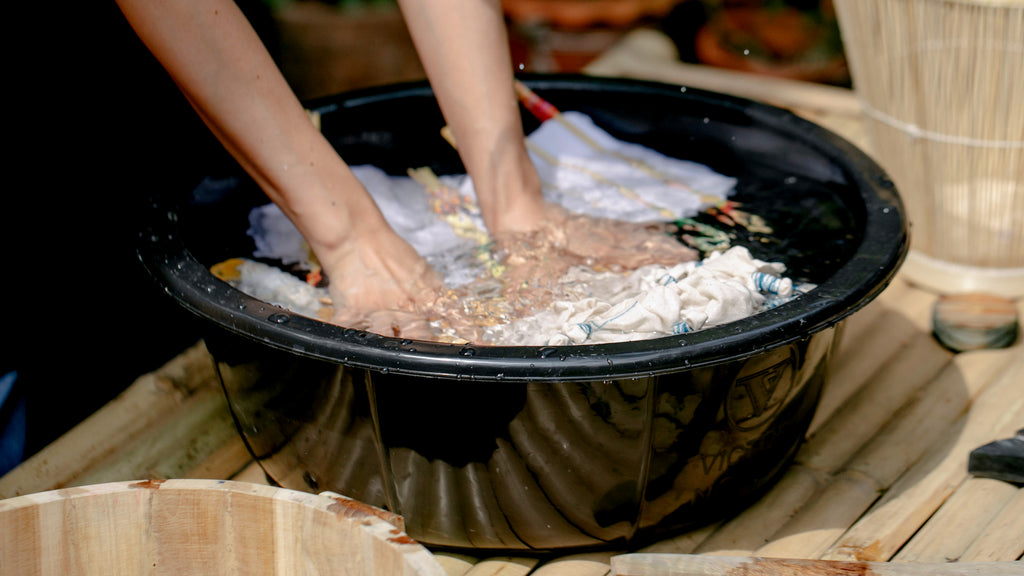
Wood Fuel 101: What Is Chimney Creosote Buildup?
Do you feel like your log burner isn’t working as well as it used to? Do you have to add extra firewood to reach the same temperatures as before? And are the flames smaller and weaker than they were when you bought your appliance?
No, you’re not going crazy. And no, this isn’t a sign that you need to buy a new wood burner. The cause of your problem is creosote buildup. Creosote is a harmful, tar-like substance forms inside your chimney whenever wood fuels are burned.
In addition to reducing the efficiency of your appliance, creosote can cause plenty of other problems. If untreated for a long time, crosote can cause permanent damage to your chimney liner. Being highly flammable and combustible, it can also cause chimney fires. And, if that wasn’t enough, it is also highly toxic, with long-term exposure symptoms ranging from irritation to the possibility of getting cancer.
In this article, we will tell you everything you need to know about creosote, its health and environmental effects, and how to keep yourself and your loved ones safe if you rely on wood fuels for your winter heating.

What Is Creosote?
Creosote is a natural byproduct of wood combustion that accumulates in your chimney in the form of soot. It is a toxic, cancerogenic, and harmful to all lifeforms. In addition to causing the rapid degradation of chimneys, creosote can become a fire hazard.
What Does Creosote Smell Like?
Creosote a strong, pungent burning wood smell. When most people imagine the smell of wood smoke, it is the smell it creosote that they describe.
What Are the Causes of Chimney Creosote?
Creosote is a natural byproduct of wood combustion. The two main causes of rapid creosote buildup are the use of wet wood and slow chimney airflow due to inadequate stove pre-heating.
How to Slow Down Creosote Buildup?
There are two main ways to slow down creosote buildup. As smoking and smouldering is caused by natural wood moisture, using low-moisture kiln-dried logs will slow down creosote buildup. Secondly, preheating your log burner using high quality natural firelighters and wood kindling will help smoke rise quicker and lessen its contact time with your chimney, limiting the opportunity of creosote to stick to the metal.

What Are the Stages of Creosote Buildup?
Creosote buildup can be split into three stages. Stage 1 creosote buildup looks like a thin layer of flakes that can be removed easily with common household products. Stage 2 creosote buildup looks like flakes that are morphing into tar. At this stage, removing all of it yourself is very difficult and you will want to hire a chimney sweep as soon as possible to salvage your chimney liner. Stage 3 creosote buildup looks like a thick coating of tar. It restricts airflow and becomes a fire hazard. Using your log burner with Stage 3 creosote buildup is very dangerous. Removing creosote at this stage is very difficult, so much so that it is often easier to simply replace your chimney liner.
How to Get Rid of Chimney Creosote?
Stage 1 creosote can be removed using common household tools, such as a wire brush and a home made stove-cleaning paste (made from a mixture of ash and water). Stage 2 creosote can only be removed by a professional chimney sweep. Stage 3 creosote is incredibly difficult to get rid off, so you are often better off replacing your chimney liner.

How to Get Creosote Out of Clothes?
If you stained your clothing with creosote while attempting to clean your chimney flue, clean it with a 1:28 mixture of laundry detergent and water. Soak the clothing in the mixture for between 30 and 60 minutes, then hand wash it in warm water.
What Is Creosote Made Of?
Industrial creosote is made by distilling and refining natural wood or coal tar. The substance is commonly used for wood preservation.
Can I Buy Creosote?
Due to the toxic properties of industrial creosote, it is no longer sold to consumers. Professionals can still purchase industrial creosote, however.
Preventing Creosote Build Up and Hiring a Chimney Sweep
Now that you know what creosote is and its negative impact on your health and the environment, you can learn more about preventing creosote build up, hiring a chimney sweep, and choosing the most energy efficient wood fuel stove.

